May 30, 2025 | 12:39 GMT +7
May 30, 2025 | 12:39 GMT +7
Hotline: 0913.378.918
May 30, 2025 | 12:39 GMT +7
Hotline: 0913.378.918
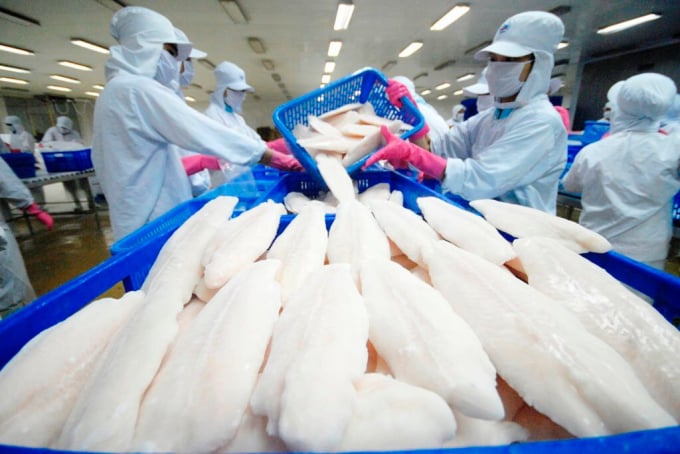
Tra fish exported to the EU is the product which has the highest using rate of C/O.
To take advantage of tariff preferences in exporting goods to the EU, since last year, Vietnam’s seafood enterprises speed up registering certification of origin (C/O) according to form EUR.1 under the European and Vietnam Free Trade Agreement (EVFTA).
The EU is one of the biggest exporting markets of Vietnam’s seafood in recent years, says the Department of Exports and Imports (under the Ministry of Industry and Trade - MoIT). There is a barrier for exporters as the EU applies pretty high tariff on imported seafood, in the space of 5-20% on raw and preliminary processed seafood and 5.5-26% on processed seafood.
Under the EVFTA, except canned tuna and surimi fish cake are applied quotas by the EU (11.5 thousand tons and 500 tons, respectively), the tariff for other seafood products from Vietnam are eliminated by the EU with the longest schedule is 7 years.
Therefore, the opportunity for Vietnam seafood industry to expand its market in the EU through taking advantage of incentives from the EVFTA Agreement is huge.
In order to enjoy tariff preferences from the EVFTA, Vietnam seafood industry must meet the provisions of the origin of goods under this Agreement and be granted a C/O EUR.1 form under the EVFTA.
Currently, the Ministry of Industry and Trade has authorized 20 agencies and organizations, including 19 regional import - export divisions nationwide and Hai Phong Department of Industry and Trade to grant C/O EUR.1 form.
According to the statistics of the Department of Exports and Imports (MoIT), in the first half of this year, the export value of seafood using C/O EUR.1 form from Vietnam to the EU reached aproximately US$ 336.9 million, accounting for 69.4% of the overall seafood export turnover to the EU (US$ 485.3 million). Of which, raw and preliminary processed seafood account for 34.7%.
The seafood export markets of Vietnam in the EU using C/O EUR.1 form are mainly Germany, Belgium, the Netherlands, Italy and France. These are all major seafood import markets of Vietnam in the EU, with the main imported products being shrimp and tuna.
In the first 6 months of 2021, Germany and the Netherlands are the two seafood import markets of Vietnam with the biggest value on C/O EUR.1 forms issued, respectively reaching US$ 69.4 million and US$ 67.2 million in turnover, and 20.6% and 20% in proportions.
In the same period, aquatic products with high value when using C/O EUR.1 form to export to the EU are: Preliminarily processed shrimp, processed shrimp, frozen fish fillet, frozen squid, processed tuna, processed clams and shellfish. These are all traditional and key export seafood products of Vietnam to the EU market.
Regarding the rate of using C/O EUR.1 form in the total export value of each item, tra fish has the highest rate of using C/O, reaching US$ 50.3 million USD and equivalent for 87% of export turnover of tra fish to the EU (US$ 57.8 million) in the first 6 months of 2021.
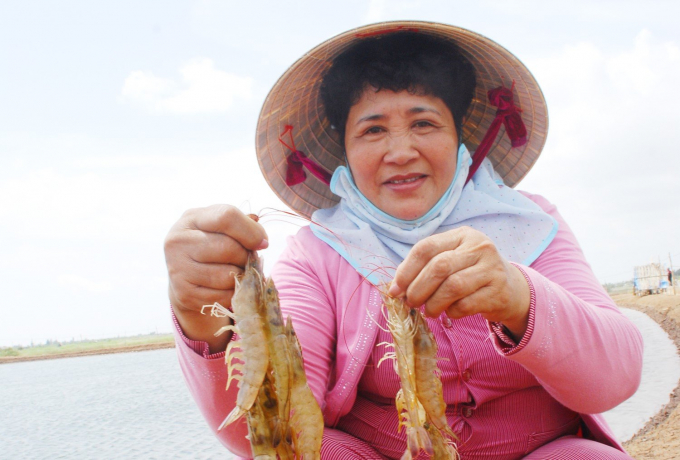
Much of shrimp exported to the EU has used the C/O EUR.1 form.
Shrimp is behind tra fish in using C/O EUR.1 form, with export turnover reaches US$ 196.3 million, accounting for 76.9% of overall shrimp export turnover to the EU (US$ 255.2 million).
Although Vietnam's tuna export turnover to the EU has increased in the first 6 months of 2021 (reaching US$ 71.6 million), the rate of using C/O EUR.1 form for this item is still modest, reaching US$ 20 million, and accounting for 27.9% of overall tuna export turnover to the EU.
According to the Vietnam Association of Seafood Exporters and Producers (VASEP), in 2020, Vietnam’s tuna exports to the EU market reached US$ 136 million. The increase was significantly influenced by the EVFTA.
“The rate of using C/O EUR.1 form is a relatively positive outcome of the seafood sector as Vietnam has only begun implementing the EVFTA for nearly a year”, says the Department of Exports and Imports.
“EVFTA is Vietnamese products’ highway to Europe”, recently said Mr. Nguyen Van Thao, the Head of the Vietnam delegation to the EU.
In the first 6 months of 2021, the rate of EVFTA tax incentives for exports being fully utilized is up to 29.09%. Many key agricultural products of Vietnam have experienced significant export growth compared to the same period in 2020.
Translated by Khanh Linh
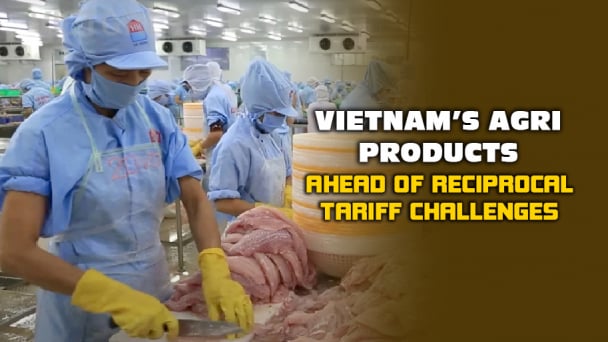
(VAN) Reciprocal tariffs are exerting pressure on U.S. exports, prompting Vietnamese firms to shift their focus to Muslim markets, Thailand, and Brazil.
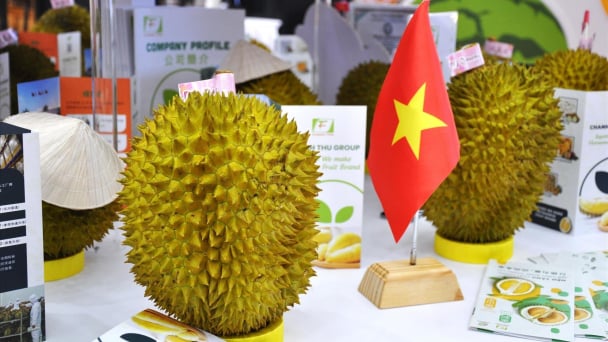
(VAN) A free booth for two years at Xinfadi, Beijing's largest wholesale market, will be allocated to Vietnam's agricultural products.
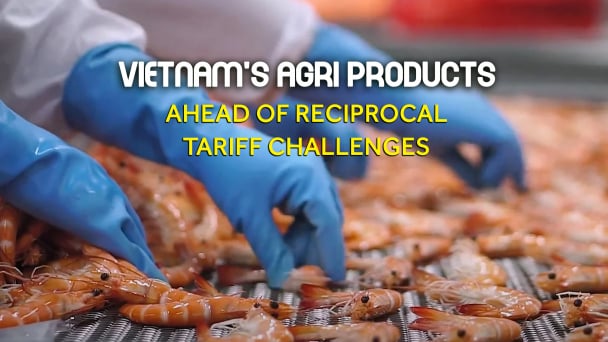
(VAN) Vietnamese shrimp exporters are actively looking for alternative markets and accelerating shipments to the United States in response to the pressure of impending reciprocal tariffs. This is occurring during a temporary tariff suspension.
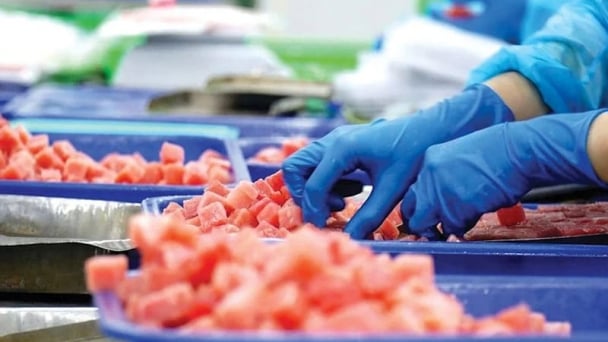
(VAN) The import-export turnover between Vietnam and Singapore rose amid a trade rebound, with machinery, electrical equipment, and fuels making up the majority of the transaction value.
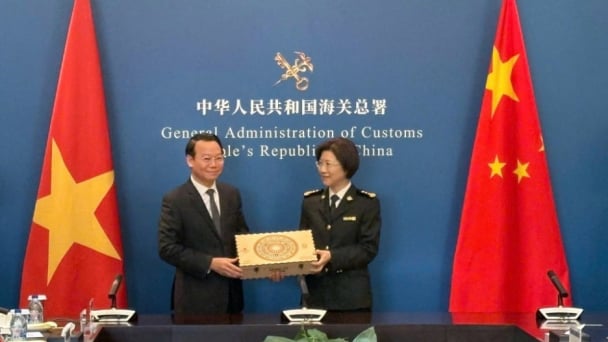
(VAN) Director General of the General Administration of Customs of China, Ms. Sun Mai Jun, has pledged to implement measures that will ease the import process for Vietnamese agricultural products.
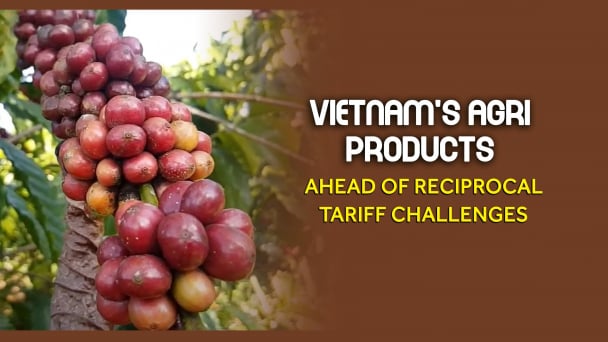
(VAN) Although Vietnam is still increasing its coffee exports, the industry is currently in the process of determining market strategies in response to the U.S. imposition of reciprocal tariffs.

(VAN) With rising demand in Muslim-majority countries, Halal certification is becoming a critical passport for Vietnamese agricultural products seeking sustainable market access and consumer trust in the Middle East and Africa.